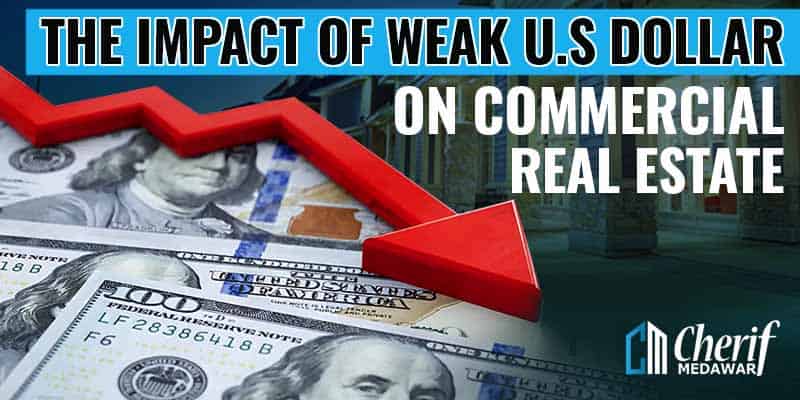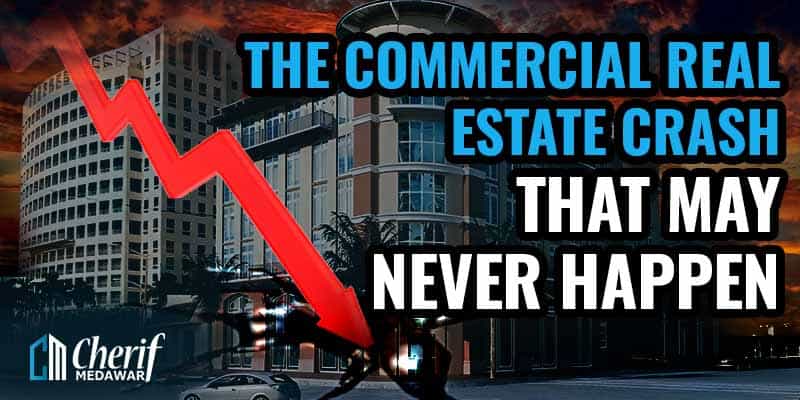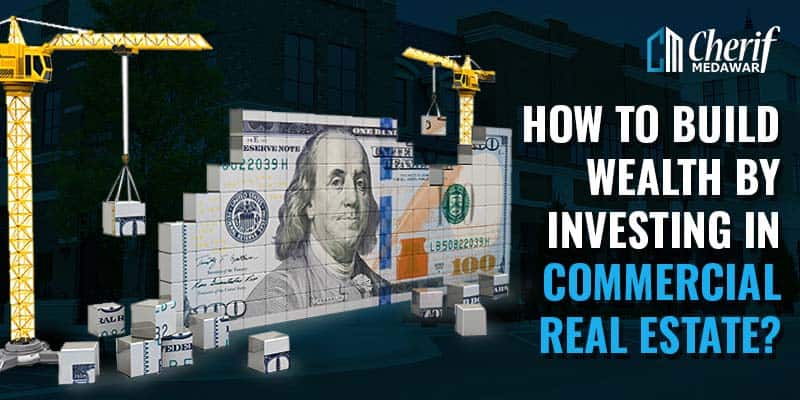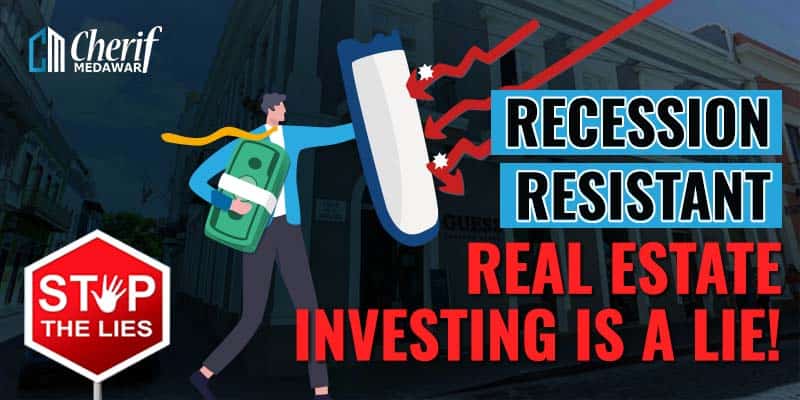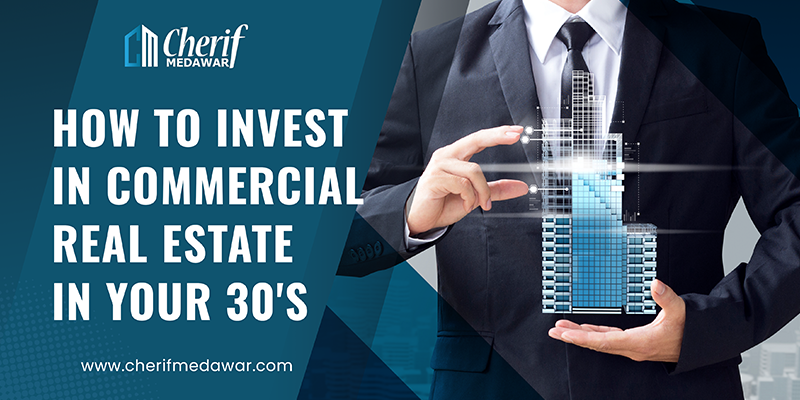The Impact of a Weak U.S. Dollar on Commercial Real Estate
The United States of America has always been known for its economic power and global dominance. And its currency, the U.S. dollar, has been the world’s reserve currency for decades. In recent years, the value of the U.S. dollar has been on a downward trend. The dollar’s weakness has several implications for the commercial real estate sector, an essential driver of the U.S. economy. A weak U.S. dollar means that the dollar’s value is declining against other major currencies. It means one U.S. dollar can buy fewer goods and services than before. The dollar’s weight can fluctuate due to various factors, such as economic conditions, trade policies, and government interventions. The Impact of the Weak U.S. Dollar on Commercial Real Estate A weak U.S. dollar can have several implications for the commercial real estate sector. One of the most significant impacts is on foreign investment. U.S. real estate becomes more affordable for foreign investors when the dollar loses value. This can increase demand for commercial real estate and drive up prices. A strong U.S. dollar makes U.S. real estate more expensive, reducing demand and putting downward pressure on prices. It can harm developers and investors who have invested in commercial real estate at a higher cost. Another consequence of a weak U.S. dollar is inflation. When the dollar loses value, prices for goods and services denominated in dollars tend to rise. This can lead to higher construction costs for commercial real estate developers, which can be passed on to tenants through higher rents. A weak dollar can also affect the availability of credit. As the dollar’s value declines, lenders may become more hesitant to lend money, mainly to borrowers with weaker credit profiles. As a result, it can make it more difficult for developers and investors to obtain financing for commercial real estate projects, unless they have a structure set up to raise capital from U.S. investors and International investors. Read More – How To Invest In Single-Tenant Retail Buildings Factors Contributing to a Weak U.S. Dollar Several factors have contributed to the weakness of the U.S. dollar in recent years. One of the most significant is the country’s large trade deficit. The U.S. imports more goods and services than it exports, which creates a net outflow of dollars from the country, putting downward pressure on the dollar’s value. Another factor is the country’s fiscal and monetary policies. The U.S. has implemented expansionary fiscal policies, such as tax cuts and increased government spending, which can lead to inflation and a weaker dollar. The Federal Reserve has implemented expansionary monetary policies, such as low-interest rates and quantitative easing, which can reduce the dollar’s value. Currently the interest rates are on the rise. May 3, 2023 the FEDs increase the rates again. Opportunities and Challenges A weak U.S. dollar presents opportunities and challenges for the commercial real estate sector. On the one hand, it can attract foreign investment and drive up demand for commercial real estate. However, on the other hand, it can increase inflation and make financing more difficult to obtain. As a result, developers and investors must carefully consider these factors when making investment decisions. Foreign investors are more likely to invest in U.S. commercial real estate when the dollar is weak, making it an excellent time to sell for developers and investors looking to cash out. However, this can also mean that foreign investors buy properties at inflated prices, which could be problematic if the dollar strengthens. Conclusion The impact of a weak U.S. dollar on the commercial real estate sector is complex and multifaceted. While it can attract foreign investment and increase demand for commercial real estate, it can lead to inflation and difficulties in obtaining financing. Therefore, developers and investors must carefully consider these factors and mitigate the risks of a weak dollar to make sound investment decisions. There are huge opportunities if you know how to structure the deal and what types of assets to go after. Get information on the criteria of a property you need to find and how to be creative in putting the deal under contract. Cherif Medawar is the Best Selling Author, Speaker, RE Fund Manager and leading commercial real estate investing Mentor & Consultant in the United States and Puerto Rico. There will be many opportunities in 2023, for investors to break into commercial real estate and scale their current business– you need to understand that the money is in the structure. Read Cherif’s book and get how he started and launched his first Real Estate Fund (Regd 506b) amid the last recession. BLUE OCEAN OPPORTUNITIES IN COMMERCIAL REAL ESTATE. Get Your Free Copy!

